Miniature Husky: Loving Family Designer Breed
07.12.2020.
Designer breeds are rapidly gaining popularity across the globe, and the Miniature Husky is one of those breeds. These adorable little dogs became famous thanks to the popularity of the Siberian Husky. A dog breed with wolf-like characteristics and sweet, tireless nature.
Smaller designer breeds are being experimented with, and we have yet to see which will stand the test of time and which will end up as an unfortunate experiment done by irresponsible breeders. We will surely keep a close eye on the development of the Miniature Husky.
We are absolutely in love with the “standard” Siberian Husky, so, naturally, we were intrigued when we heard there is a miniature version of it. We wanted to find out more, and this is a list of the 7 most exciting and fun facts about the Miniature Husky we want to share.
1. Miniature Husky vs. Standard Siberian Husky
Siberian Huskies are one of the most popular dog breeds in the US, and there is a good reason behind it. They have a loving character and an affectionate temperament, making them ideal pets for families that love going on adventures. The Miniature Siberian Huskies are exactly the same.
The Mini Husky version has a friendly character and all other traits you would expect from a full-grown, standard-sized Husky. The most significant difference is their size. Standard dogs can reach 24 inches and weigh up to 60 pounds, while the Miniature should be no more than 17 inches tall and weigh 35 pounds max.
Although there are noticeable differences between the two versions, one thing remains the same - shedding. To take proper care of your Miniature Husky, you should have the necessary tools. To control their shedding, you will need strong brushes like the Furminator deShedding Tool. Even then, the amount of hair will seem endless, so getting a good pet hair vacuum cleaner is probably a good idea.
2. Creation of the breed
Like most designer dog breeds, The Miniature Husky was developed in the 1990s, when a breeder named Bree Normandin decided they wanted a Miniature version of the beloved Husky breed. She wanted a smaller dog that would keep all the characteristics we love in the standard breed.
There are only three ways to create the Miniature version of a breed: crossbreeding, including dwarfism genes, and by carefully breeding the smallest specimens (runts) within one breed. Bree used the latter version and took the smallest Huskies, which she carefully bred to produce the breed’s Miniature version.
Do you like the Siberian Husky? Check out their full profile here.
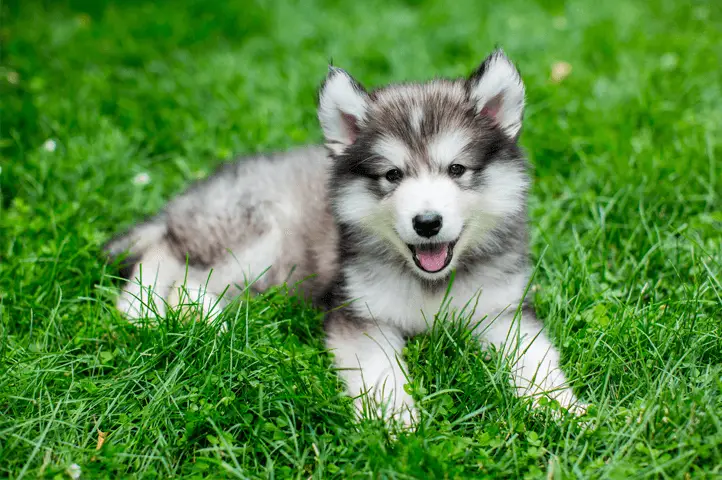
3. Not the only smaller version of Husky
The popularity of the Siberian Husky can be confirmed by breeders trying to make the smaller version of the breed for years. Some might say that the closest they had come to success is by creating the Miniature Husky, but they weren’t’ the first effort to develop the smaller Husky version.
Pomsky is a famous designer breed that was created to satisfy the need for smaller Husky versions. They are a mix between Pomeranian and the Husky, so it is not entirely the same. In the 1970s, breeders created the Alaskan Klee Kai, a breed that resembles the Husky but is also a crossbreed between the Siberian, Alaskan Huskies, Schipperke, and American Eskimo Dog.
4. Health problems
The biggest issue when it comes to any designer dog breeds is - How did selective breeding influence their health? Since the beginning of the breed, there haven’t been any new problems connected with the Miniature Husky that wasn’t already known with the standard, full-sized dogs. Like their big brothers, the Miniature Huskies have a life expectancy of 12 - 15 years. Some health problems these dogs are prone to are;
- Eye infections
- Cataracts
- PRA (Progressive Retinal Atrophy)
- Corneal dystrophy
- Hip dysplasia
- Bloat
- Skin conditions
- Allergies
As you can see, there isn’t much difference, even though the smallest and weakest Huskies were used to create the breed.
Thinking about the difference between the Husky and the Alaskan Malamute? Check the article about them here.
5. Surviving in warmer places
Nordic sled dogs have thick, double coats that insulate them from extreme Siberian and Alaskan weather they had to work in and endure. The Miniature Husky is a part of the Nordic sled dog family, and they inherited the same type of coat. Some double-coated breeds can have problems enduring warm climates, but this is not one of them.
Miniature Huskies adapt well to warmer climates; the only thing they will require is a constant refreshing water source. Make sure your Mini Husky always has a bowl of water close to them. Some owners think that trimming or shaving their coat is a good idea - it isn’t. Their coat provides protection from the sun, and if they get too exposed, they can develop all sorts of health problems.
6. Miniature Husky puppies
If you are interested in owning a smaller version of the Siberian Husky, you might want to think about Miniature Husky breeders and puppies. This is not a registered breed, so you might not be able to call your national cynology association and ask for directions to the nearest breeder. Getting your hands on a Miniature Husky puppy might take some time and patience.
Luckily, Miniature Husky litters are one of the biggest in the canine world. The average litter of Miniature Husky puppies numbers from 9 - 11 puppies. So, if you find a breeder planning a litter, it is quite likely they will have dogs available. Keep in mind that this is still a Husky breed, and they require early training and socialization.
Not sure how to socialize your puppy? Try these socialization tips and tricks.
7. Working skill and habits
It is surprising that such a small dog has a working origin, but it isn’t the only smaller version of a breed that used to be a working dog before it turned to playing a family pet’s role. Pomeranians used to be a lot bigger, and they were working dogs in the historical region of Pomerania.
Miniature Huskies are a bit different than Pomeranians. These dogs still have high energy levels, and their working lineage is still very present in their genes. The main difference is that they are smaller, so pulling loads is not really an option. They love having a job to do, and they love spending time with other dogs because that is what they inherited from the working Siberian Husky bloodlines.
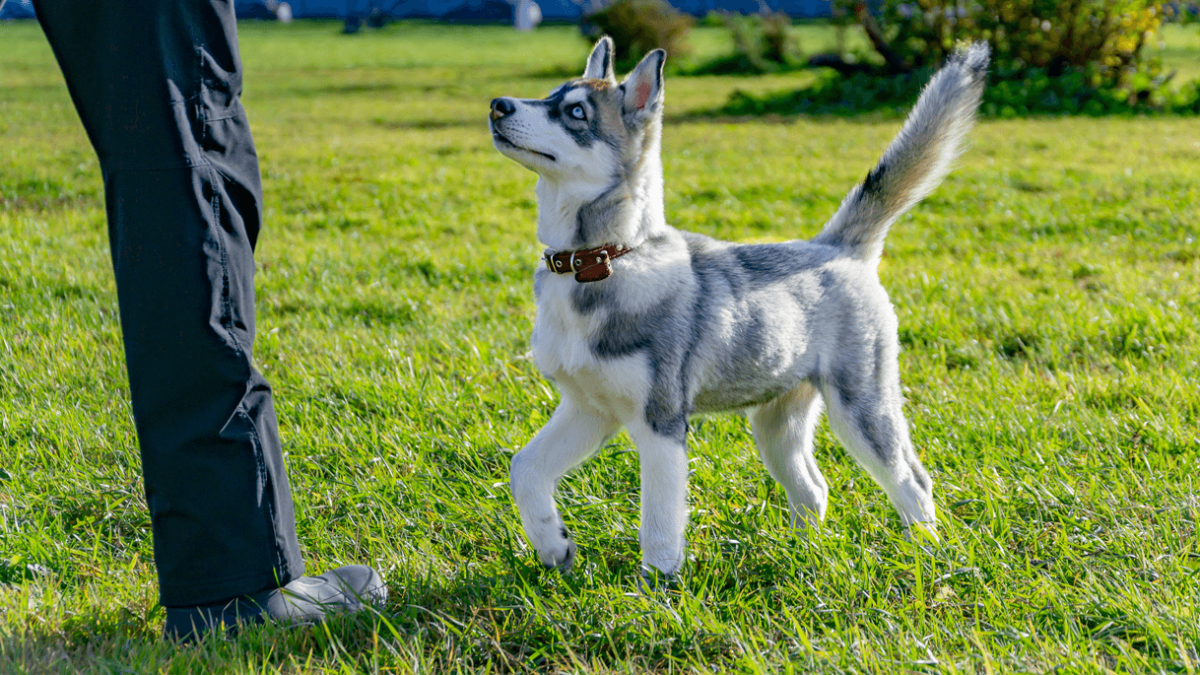
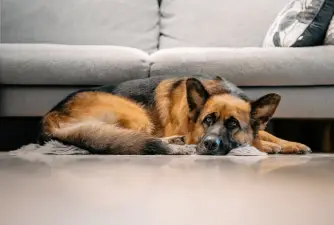
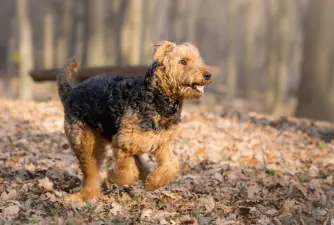
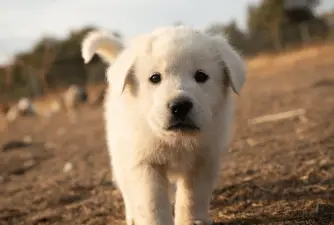


Share